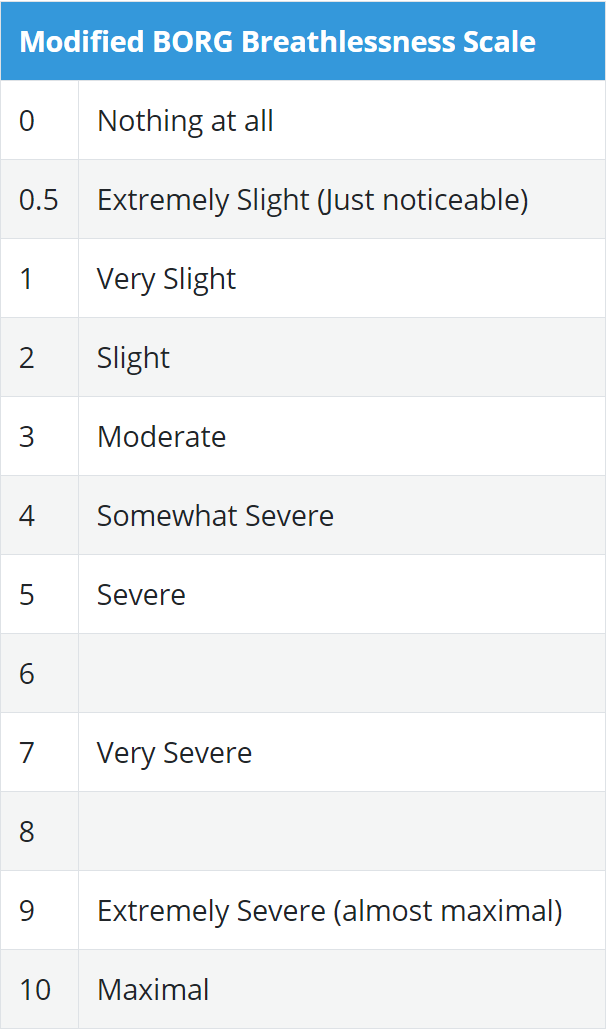This resource will be continuously updated as evidence and guidelines emerge. Information was correct at time of publishing. Date Updated: 22/11/2022
Breathlessness Management
Positions to help your breathing
Choose a position which will make it easier for you to breathe. It is important to try and relax in these positions. Focus on relaxing the muscles in your neck and shoulders. Complete all exercises in sitting or lying first before progressing to completing these exercises in standing. These are starting exercises and an individualised breathlessness management program can be created by your physiotherapist.

Lying prone
Lying flat on your stomach, or prone, can help breathlessness. It’s not comfortable for everyone, but is a position to consider.

High side lying
Lying on your side propped up by pillows, supporting your head and neck, with your knees slightly bent.
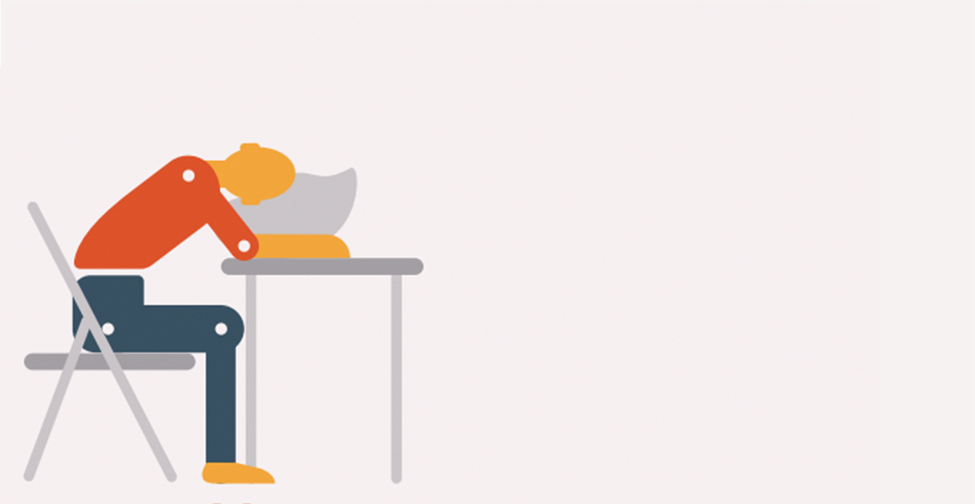
Forward lean sitting
Sit at a table, lean forward from the waist with your head and neck resting on the pillow and your arms resting on the table. You can also try this without the pillows and rest your head on your hands.
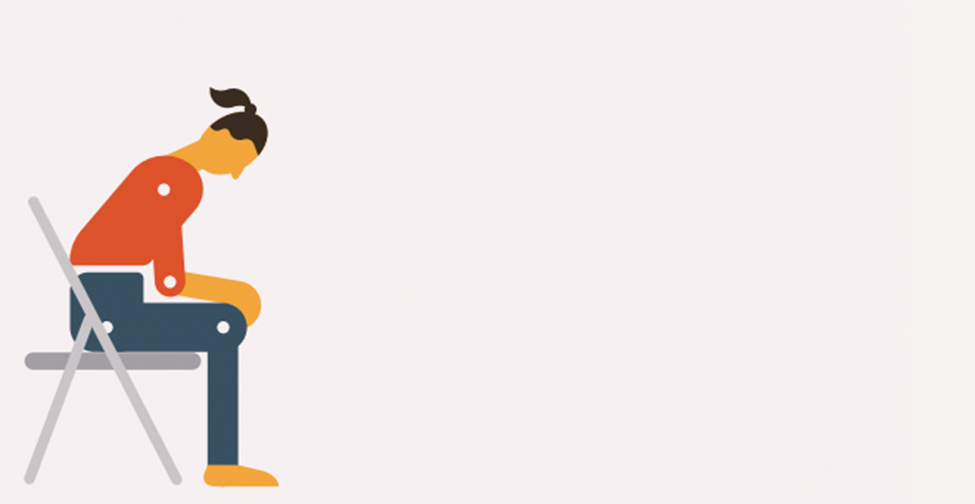
Forward lean sitting (no table in front)
Sit on a chair, lean forward to rest your arms on your lap or the armrests of the chair.
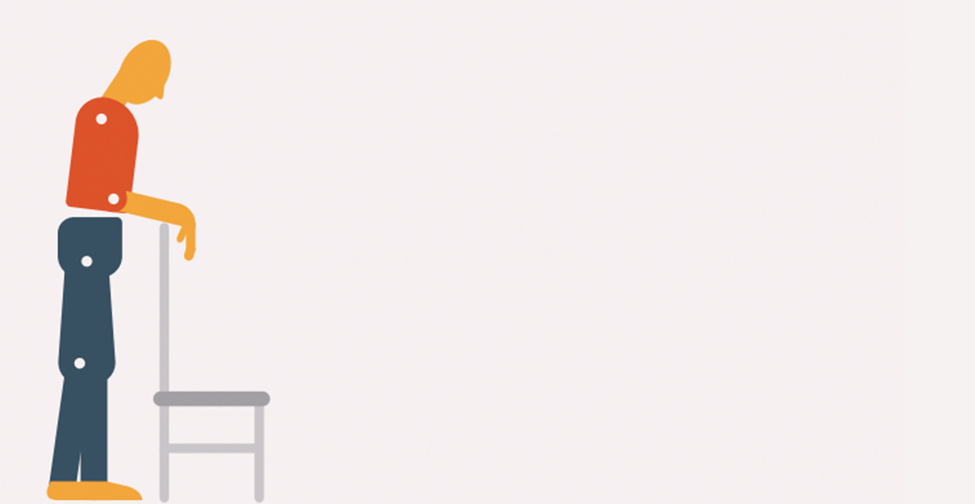
Forward lean standing
While standing, lean forward onto a windowsill or other stable surface.
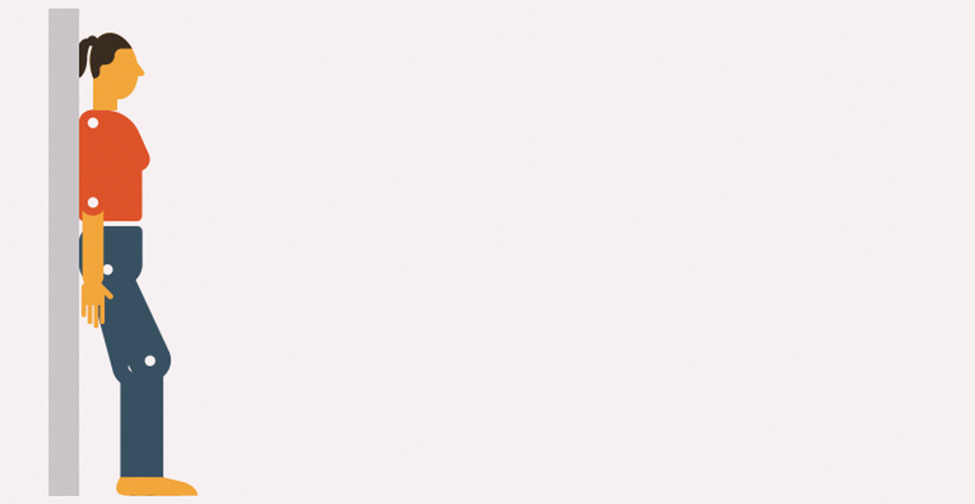
Standing with back support
Lean with your back against a wall and your hands by your side. Have your feet about 30 cm away from the wall and slightly apart.
How to control your breathing
Relaxed Tummy Breathing
This breathing technique can help if you are breathless after doing any activity. It may help you feel more relaxed if you are feeling anxious or panicky.
Breathing from the tummy does not come naturally. You should practice it when you are not breathless. This will help you master the technique.
Practising tummy breathing
Breathe low and slow
Taking slower, deeper breaths from your tummy helps to ease breathlessness.
Breathe a rectangle
When you practice relaxed tummy breathing it might help to picture a rectangle. This could be a book, a TV, window, table top, or even a picture on the wall.

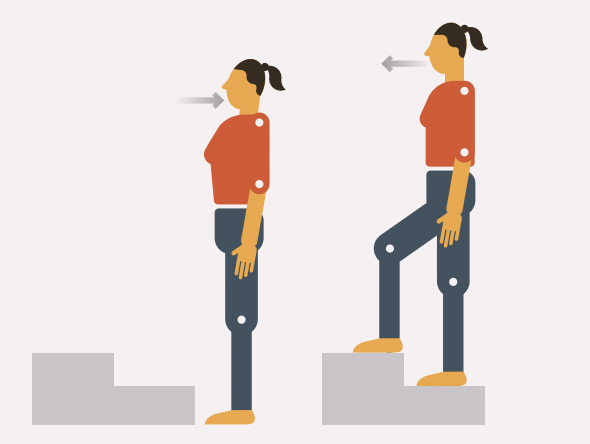
Paced breathing
This is useful to practise when carrying out activities that might take more effort or make you breathless, like climbing the stairs or walking up a hill. It’s important to remember that there is no need to rush, and you can take rests:
- Think about breaking the activity down into smaller parts to make it easier to carry out without getting so tired or breathless at the end.
- Breathe in before you make the effort of the activity, such as before you climb up a step.
- Breathe out while making the effort, such as climbing up a step.
- You may find it helpful to breathe in through your nose and out through your mouth.
Pursed Lip Breathing
This can help if you are very breathless, become anxious or if you find tummy breathing difficult. This type of breathing allows more time for the air to leave your lungs, making it easier to take the next breath in.
Breathe in through your nose then breathe out through pursed lips. Continue until you feel your breathing is under control.
Watch a demonstration of pursed lip breathing.
Check how breathless you are
COVID-19 usually affects the respiratory system. This can result in a lung injury that can take time to recover. This breathlessness scale will tell you how well your lungs are recovering.
The scale starts at the number 0 where your breathing is causing you no difficulty at all. It goes through up to 10, where your breathing is at its most difficult. Use this scale to monitor and guide you as you increase your physical activity and formal exercise levels. It’s important to take regular rests and stop before you get too short of breath.
